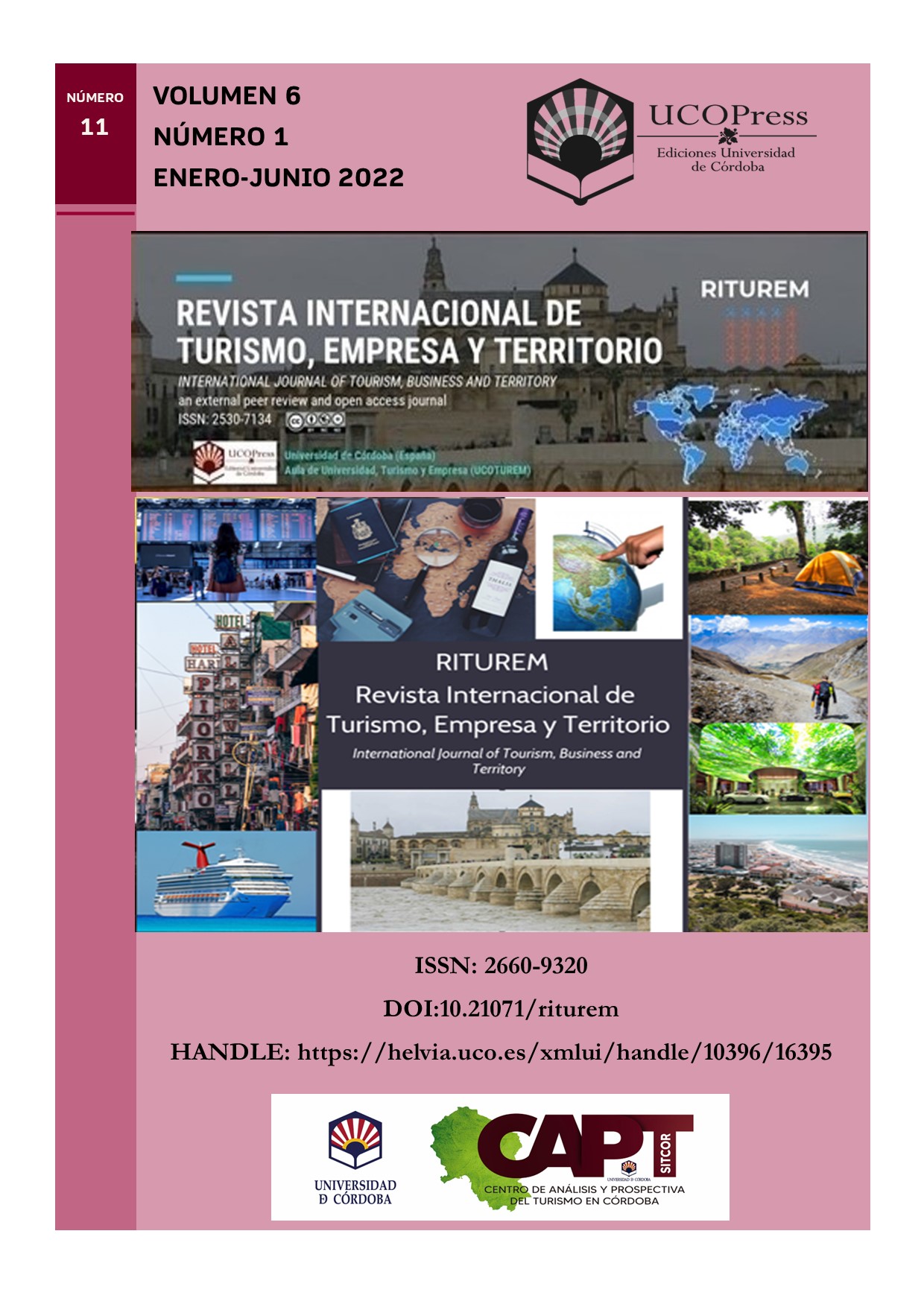Tourism as na engine of economic growth in Colombia (2000-2019)
Main Article Content
Abstract
In recent years, the Colombian government and the Ministry of Commerce, Industry and Tourism, together with its affiliated entity ProColombia, bet on Tourism as the promising sector for the development of exports of services in Colombia, to achieve a positive balance in the trade balance and improve the country's economic growth rates. Currently, Colombia is recognized for the tourist attractions of its beach sites; however, this is not all the potential that the country has, since it also has a so-called "nature" tourism represented by the national natural reserves and its extensive biodiversity of species, which allow Colombia to be seen as a promise of tourism in the world and with enough arguments for this sector to become the engine of its economic growth.
This article analyzes the Colombian tourism industry from the impact it generates on the national economy and its international accounts, and after the application and analysis of the Porter Diamond model (1999) it is determined that the great potential of the sector in Colombia depends on the country's competitiveness levels and, naturally, on the sector, so it is vital to reconsider Colombian tourism in alternative ways, such as community tourism so that it aligns with the characteristics of the colombian society and economy.
Key words: Tourism; Colombia; Porter´s Diamond model, Economic growth; Community-based tourism
Downloads
Article Details
Copyright Notices Proposed by Creative Commons
Proposed policy for journals offering deferred open access
Those authors who have publications with this journal, accept the following terms:
1. The authors will retain their copyright and guarantee to the journal the right of first publication of their work, which will be simultaneously subject to the Creative Commons Recognition License CC BY-NC 4.0 (Creative Commons — Attribution-NonCommercial 4.0 International — CC BY-NC 4.0 ) hird parties to share the work provided that its author and its first publication is indicated this journal and no commercial use is made.
2. Authors may adopt other non-exclusive licensing agreements for the distribution of the published version of the work (e.g., deposit it in an institutional telematics file or publish it in a monographic volume) provided that the initial publication is indicated in this journal.
3. Authors are allowed and recommended to disseminate their work over the Internet (e.g. in institutional telematics files or on their website) before and during the submission process, which can produce interesting exchanges and increase citations of the published work. (See The effect of open access: http://opcit.eprints.org/oacitation-biblio.html.
